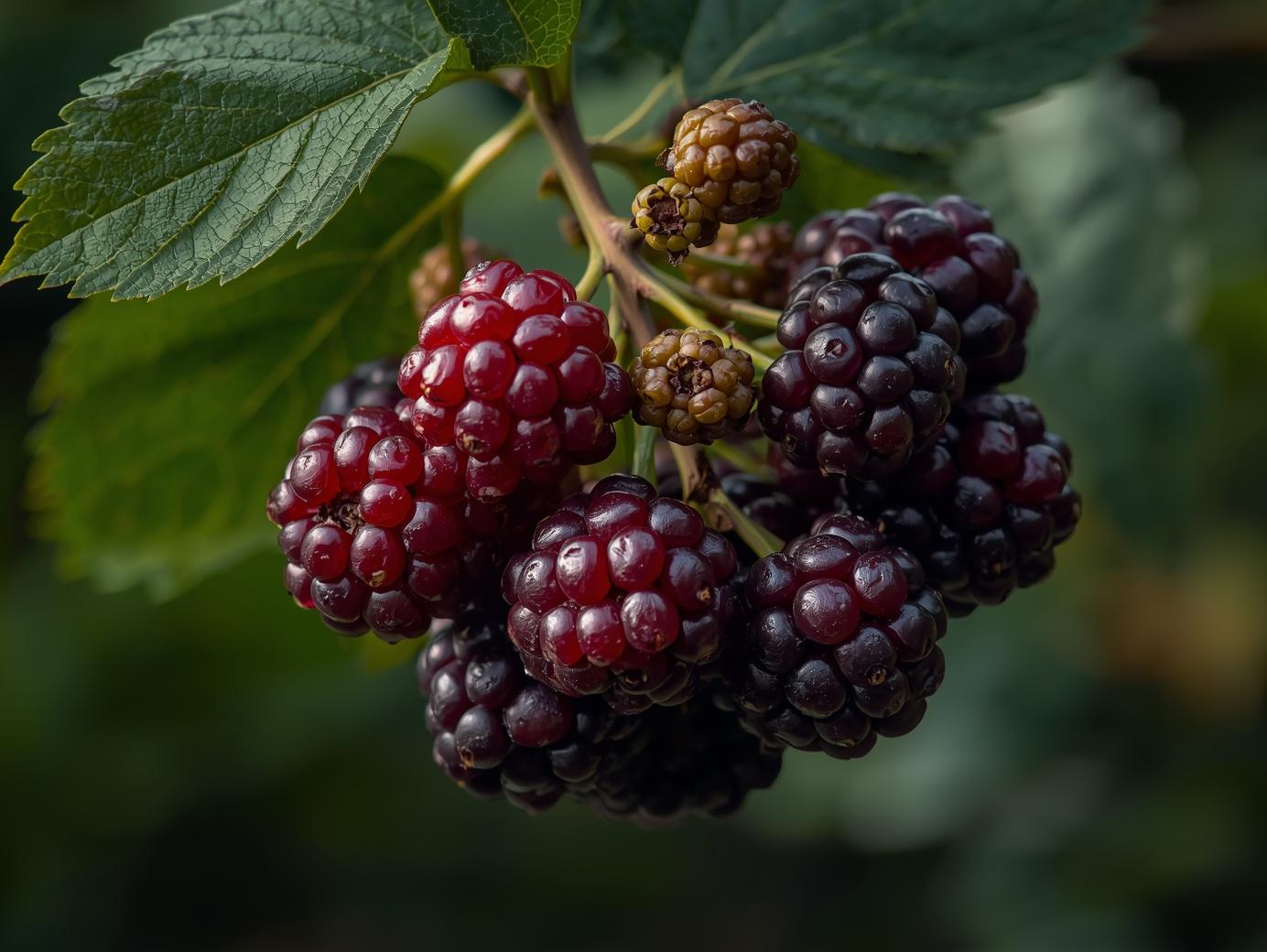Mulberry trees are a wonderful addition to home courtyards in the USA, offering not only delicious fruit but also attractive foliage and shade. Known for their resilience and adaptability, mulberries can thrive in various climates across the country, making them an excellent choice for both novice and experienced gardeners. Growing mulberries successfully begins with understanding the essential steps such as soil selection, site preparation, and proper care throughout the plant’s lifecycle.
From choosing the right soil to managing watering and fertilization, each stage contributes to healthy growth and a bountiful harvest. This guide provides detailed insights on every aspect of growing mulberry plants, helping you transform your courtyard into a productive and beautiful garden space.
Soil Selection
Mulberry trees thrive best in well-draining soils that retain moisture without becoming waterlogged. They prefer a slightly acidic to neutral pH, ideally between 6.0 and 7.5. While mulberries can tolerate a range of soil types, including sandy and loamy soils, ensuring good drainage is crucial to prevent root diseases and promote vigorous growth.
If your courtyard soil is heavy clay or poorly drained, consider amending it with organic compost or planting the mulberry in a raised bed. Conducting a soil test before planting helps determine nutrient levels and pH balance, allowing you to make necessary adjustments for optimal soil health. Healthy soil is the foundation for a thriving mulberry tree.
Site Preparation
Proper site preparation is essential to establish a healthy mulberry tree in your courtyard. Mulberries require full sun exposure for at least six hours daily to produce abundant fruit and strong growth. Select a location that offers ample sunlight, good air circulation, and enough space for the tree’s mature size.
Before planting, clear the site of weeds, rocks, and debris. Loosen the soil to a depth of 12 to 18 inches to encourage root penetration. Adding well-rotted compost or organic matter enriches the soil, improving fertility and moisture retention. Planning for sufficient space between plants is important, as mature mulberry trees can spread widely.
Planting
The ideal time to plant mulberry trees in the USA is during early spring or late fall when the tree is dormant. This timing allows the roots to establish before the onset of extreme weather conditions. When planting, dig a hole twice as wide and just as deep as the root ball to provide ample room for root expansion.
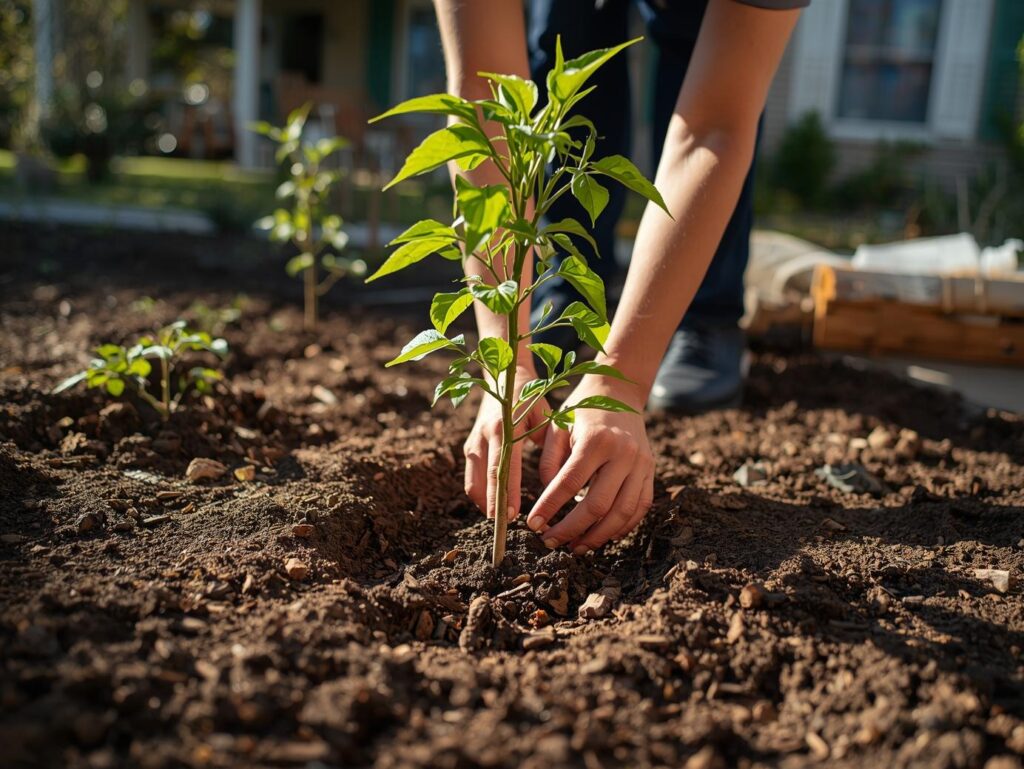
Place the tree in the hole carefully, ensuring the root collar is level with or slightly above the surrounding soil. Backfill with a mix of native soil and compost, gently firming it to remove air pockets. Water thoroughly after planting to settle the soil and support root establishment. Mulberries adapt well to transplanting, making container-grown plants an excellent option for home courtyards.
Watering
Mulberry trees need consistent moisture during their first few years of growth to develop a strong root system. Water young trees deeply once or twice a week, depending on weather conditions and soil type, ensuring the soil remains moist but not saturated. Avoid frequent shallow watering, which can encourage weak root growth.
Once established, mulberries become more drought-tolerant but still benefit from supplemental watering during prolonged dry periods, especially in hot summer months. Mulching around the base helps retain soil moisture, regulate temperature, and suppress weeds, supporting the tree’s overall health.
Fertilizing
Mulberries generally require moderate fertilization to support healthy growth and fruit production. A balanced fertilizer, such as one with equal parts nitrogen, phosphorus, and potassium, applied in early spring promotes vigorous leaf and branch development. Avoid excessive nitrogen, which can lead to lush foliage at the expense of fruiting.
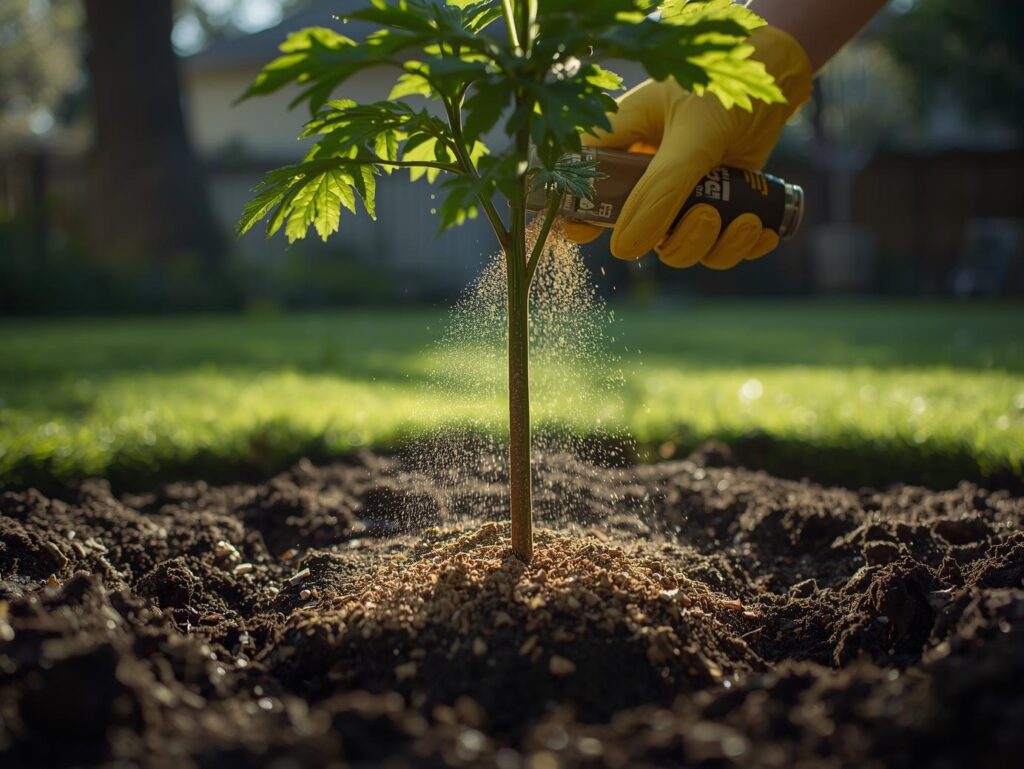
For established trees, a second application of fertilizer after fruit set can help sustain energy levels for fruit development. Organic options like composted manure or fish emulsion can also be beneficial. Regular soil testing helps monitor nutrient levels and ensures your mulberry tree receives the appropriate nourishment throughout the growing season.
Pruning & Training
Pruning is important for shaping the mulberry tree, maintaining its health, and maximizing fruit production. Prune young trees to establish a strong framework, selecting several main branches to form a balanced structure. Remove any crossing or crowded branches to improve air circulation and light penetration.
Annual pruning during dormancy involves cutting back excessive growth and removing dead or diseased wood. Training the tree on an open-center or vase shape encourages sunlight to reach inner branches, enhancing fruit quality. Proper pruning also helps manage the tree’s size, making harvesting easier in a home courtyard setting.
Pest & Disease Control
Mulberry trees are relatively hardy but can be affected by pests such as aphids, spider mites, and whiteflies. Diseases like powdery mildew and bacterial blight may also occur under certain conditions. Early identification and prevention are key to managing these issues effectively.
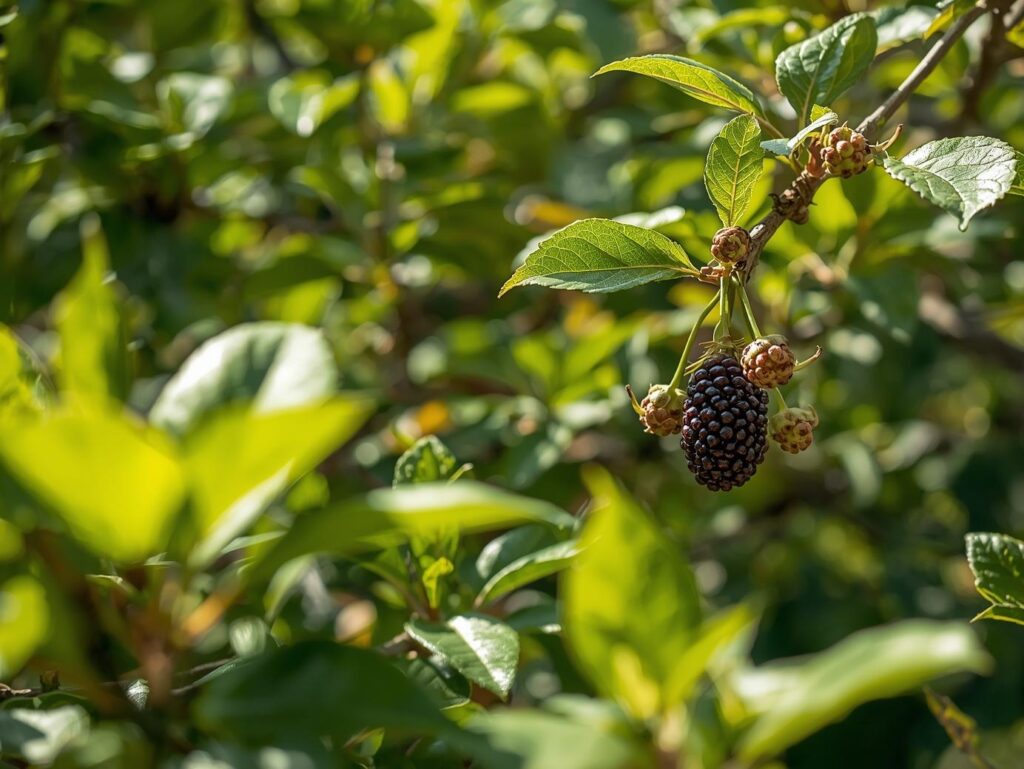
Maintaining good garden hygiene by removing fallen leaves and pruning debris reduces disease pressure. Natural predators and organic treatments can help control pest populations without harming beneficial insects. Proper watering and avoiding overcrowding also minimize stress on the tree, making it less vulnerable to pests and diseases.
Fruiting & Harvest
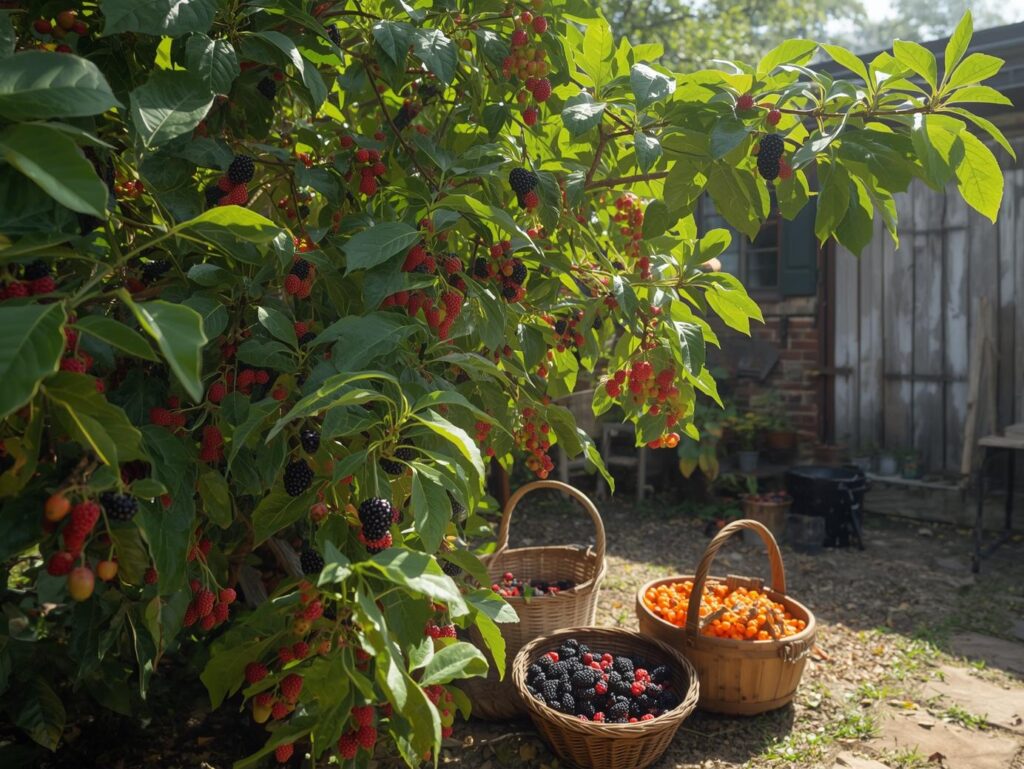
Mulberries typically begin producing fruit within two to three years after planting. The fruit develops in late spring to early summer and changes color from green to red, purple, or black, depending on the variety. Harvest when the berries are fully colored, soft, and sweet to ensure the best flavor and nutritional value.
Pick mulberries gently to avoid bruising, as the fruit is delicate and perishable. Fresh mulberries are delicious eaten raw, or they can be used in jams, pies, and preserves. Regular harvesting also encourages the tree to produce more fruit throughout the season, making your courtyard mulberry a continuous source of enjoyment.
